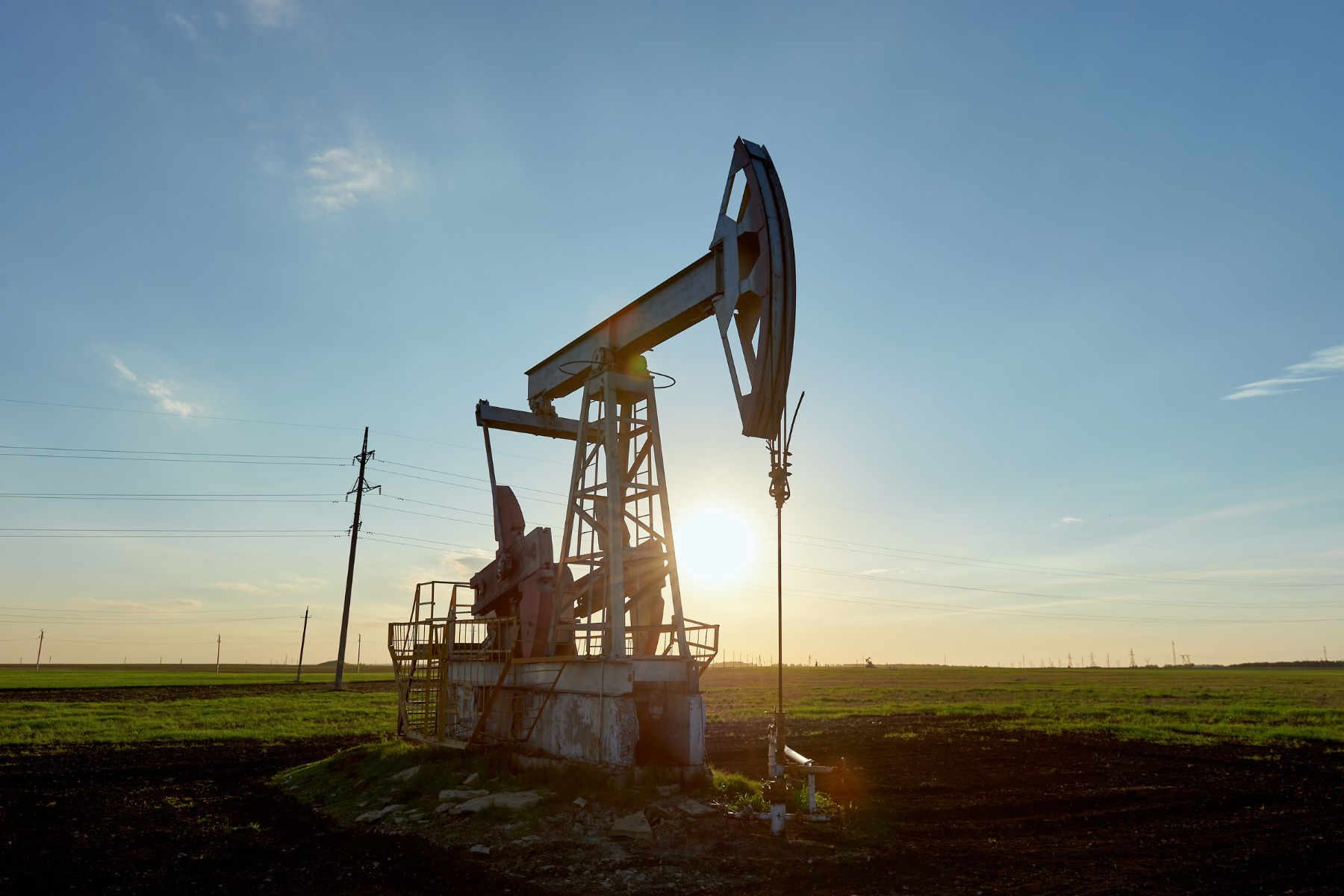Our Early Estimate of National Emissions for 2022 showed a trend of rising emissions from upstream oil and gas and the buildings sector, with greenhouse gas emissions rising by 2.1 per cent or 14.2 megatonnes of carbon dioxide equivalent (Mt CO2e) from 2021.
It’s not all bad news. The data shows that carbon policy and clean technology deployment are offsetting emissions growth elsewhere. Emissions from most other sectors have been falling consistently, especially electricity, where emissions have been cut by more than half since 2005.
The problem is overall emissions are not falling fast enough, yet, to align with Canada’s 2030 target.
Progress has to speed up to hit 2030 target
Canada’s emissions now sit at 6.4 per cent below 2005 levels, which is well short of Canada’s target of at least 40 per cent below 2005 levels by 2030. That leaves less than eight years to chop Canada’s emissions 5.4 per cent each year between now and 2030.
On a more positive note, there is a continued trend of strong economic growth and a lower emission intensity—or emissions per unit of GDP. Canada’s economy grew 3 per cent larger in 2022 than it was pre-pandemic in 2019, while emissions were down 5 per cent below 2019 levels (Figure 1).
Figure 1: A growing economy and falling emissions
Emissions from oil and gas and buildings continue to rise
This growth in national emissions continues a trend of the oil and gas and building sectors driving up Canada’s emissions while most other sectors are reducing.
In 2022, oil and gas and buildings contributed a combined 72 per cent of the 14.2 Mt CO2e rise in annual emissions. Since 2005, these two sectors increased emissions by 38 Mt, while all other sectors (except agriculture) reduced emissions by 85 Mt (Figure 2).
While oil and gas and buildings have been a focus of federal and provincial policy for decades, that policy has to get stronger and accelerate if Canada is to contain emissions this decade. Notably, a hard cap on oil and gas emissions and concerted efforts to install heat pumps must be a priority for all levels of government.
Another area to watch is agricultural emissions, which have been rising steadily since 2005, with farm fuel use being a particular concern.
Figure 2: Growth in emissions since 2005 by economic sector
Carbon policy and technology deployment are working
A growing and more energy-intensive economy pushed emissions up in 2022 by a combined total of 37.1 Mt CO2e from the previous year. Offsetting this increase was the impact of climate policy and market drivers, including clean technology deployment, which reduced emissions by 22.9 Mt, resulting in an overall net increase of 14.2 Mt. (Figure 3).
While there are indications policy is starting to work, policy across all sectors must accelerate if Canada is to achieve its 2030 targets.
Figure 3: Drivers of emissions from 2021 to 2022
A last thought
The Institute's motivation for publishing the annual Early Estimate is to provide an early indication of whether Canada is making progress towards its 2030 target to provide time to course-correct. This year’s estimate is a clear sign that strong action and coordination from all levels of government—including the provinces and territories—are needed urgently if Canada is to meet its target. That means action on the emissions cap for oil and gas, methane regulations for the sector, Clean Electricity Regulations, Green Building Strategy, ZEV mandate and others. That’s on top of strengthening the price on carbon emissions through carbon contracts for difference.
Federal and provincial governments should implement more formalized stock-taking processes, including developing indicators of progress, to identify areas where policy course correction is required.
Canada's National Inventory Report (NIR), once released, is the definitive source on the state-of-play of Canada’s emissions. As with our 2021 early estimate (which closely tracked the NIR), we'll update our estimates once the new NIR is published to account for revised historical data, which change with methodological improvements.
Seton Stiebert is a 440 Megatonnes project Advisor, and Dave Sawyer is the Principal Economist at the Canadian Climate Institute.
